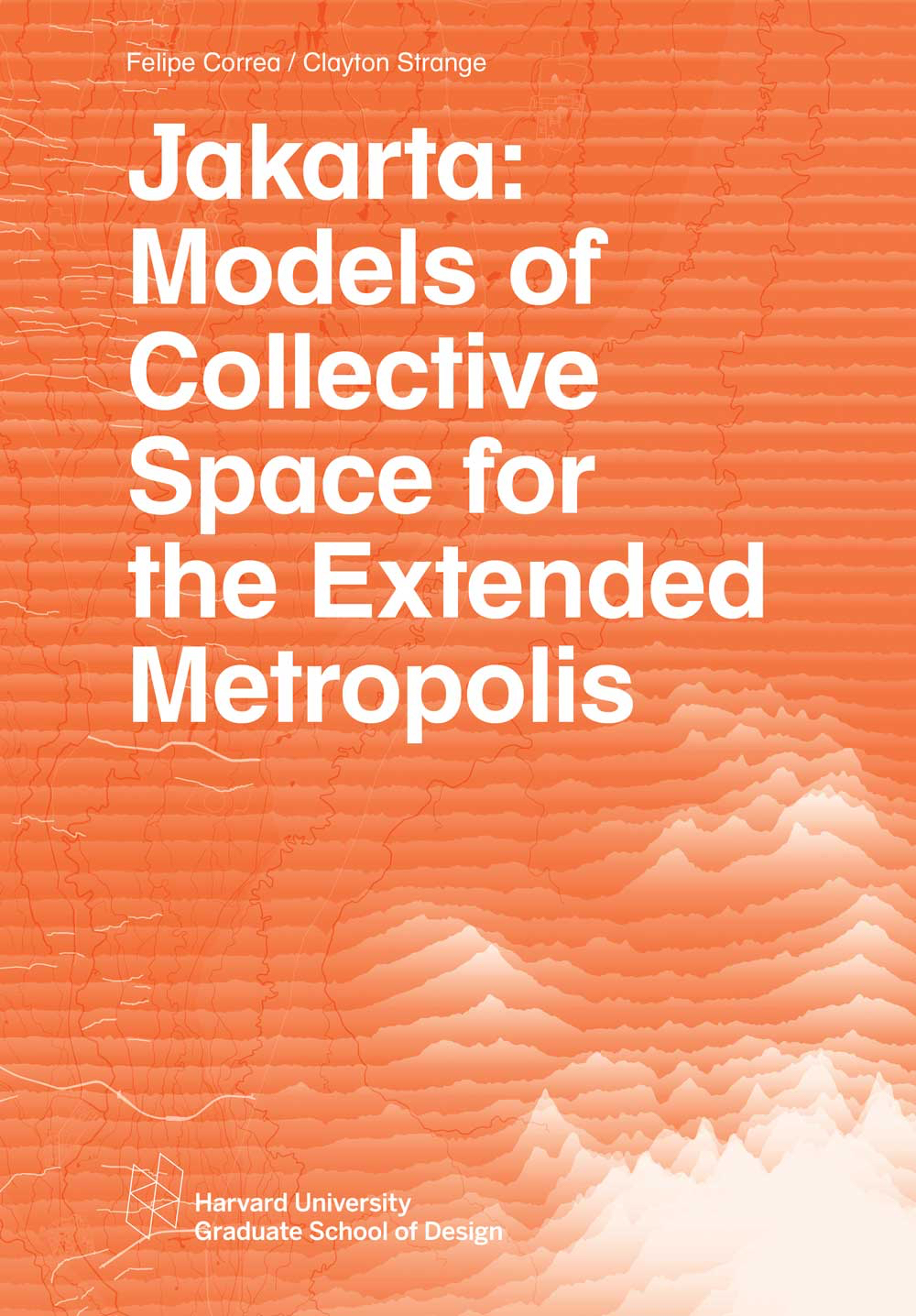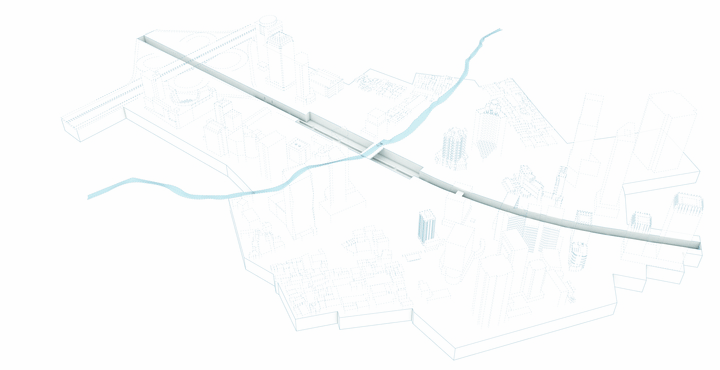Jakarta: Models of Collective Space for the Extended Metropolis
This advanced option studio will examine the role of new mass transit infrastructure as a driver for new models of collective space, in a context of extreme rapid urbanization. The course will specifically focus on the architectural and urbanistic potential of the metro station as a catalyzer of new programmatic centralities. It will specifically examine how a mixed programmatic brief paired with a precise design intervention can redefine a broader urban landscape.
In a similar manner to other mega-cities in South East Asia (Bangkok, Kuala Lumpur, Manila), Jakarta has witnessed an unprecedented metropolitan growth throughout the last 50 years. A settlement tracing back to the 14th century and that served as a port city to the Javanese Kingdom of Pajajaran, the origins of Jakarta were conceived as a collection of villages with a blurry distinction between urban and rural life. Today, the Jakarta mega-region is a burgeoning economy with a population of approximately 30 million people. This major metropolitan region defined as Jabodetabek —including the cities and regencies of Jakarta, Bogor, Tangerang, Bekasi and Depok— covers more than 6,000 square kilometers, defining one of the largest conurbations across the globe. Today, pre-war urban fragments, from the Dutch colonial enclave to Berlage’s 1931 Plan, have become mere speckles in an endless canvas of urban spreads and densities.
The arrival of global capital and its affiliated models of urban development in the last 5 decades have thwarted a much longer and complex urban history in the city. The process of rapid eradication of Kampungs (villages) and Sawah’s (rice patties) in order to accommodate large-scale global enclaves has paid limited attention to the parallel development of public works projects that can effectively facilitate this unprecedented scale of urban development. This has resulted on two key phenomena in the city. On the one hand, a growing conflict has emerged between what anthropologist Clifford Geertz has labeled as the “bazaar economy” and the “firm-centered economy”, where the latter is constantly threatening the former. On the other hand, extreme privatization of land, paired with limited investment in public works programs has resulted in physical and social infrastructure that cannot keep up with the current pace of urbanization. The introduction of the Jakarta Mass Transit System (MRT) and the implementation of its first metro line (currently under construction) is an unprecedented investment in mobility infrastructure for the city and could possibly help reverse this trend. The first two phases of the MRT promise to consolidate a north-south high-density corridor through Jakarta proper and can serve as catalyzer for new urban models that can diversify the notion of collective space in the city.
Publications
-

Jakarta: Models of Collective Space for the Extended Metropolis
Felipe Correa, Instructor
February 2017
